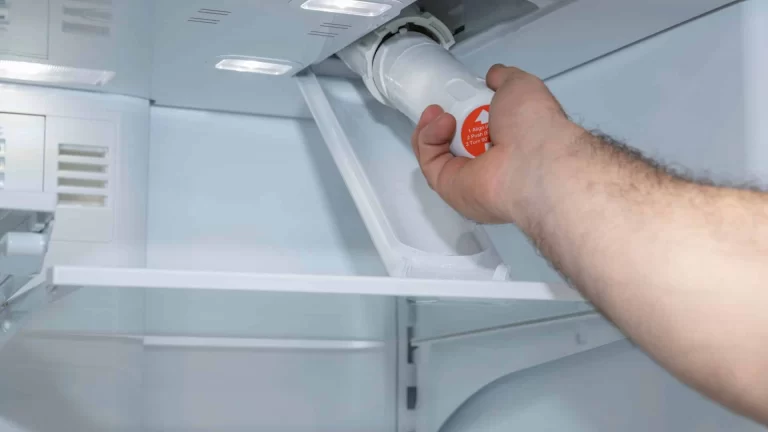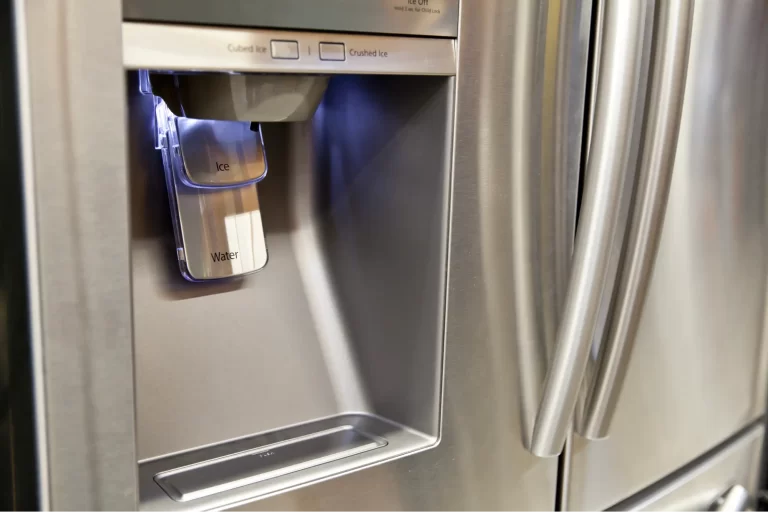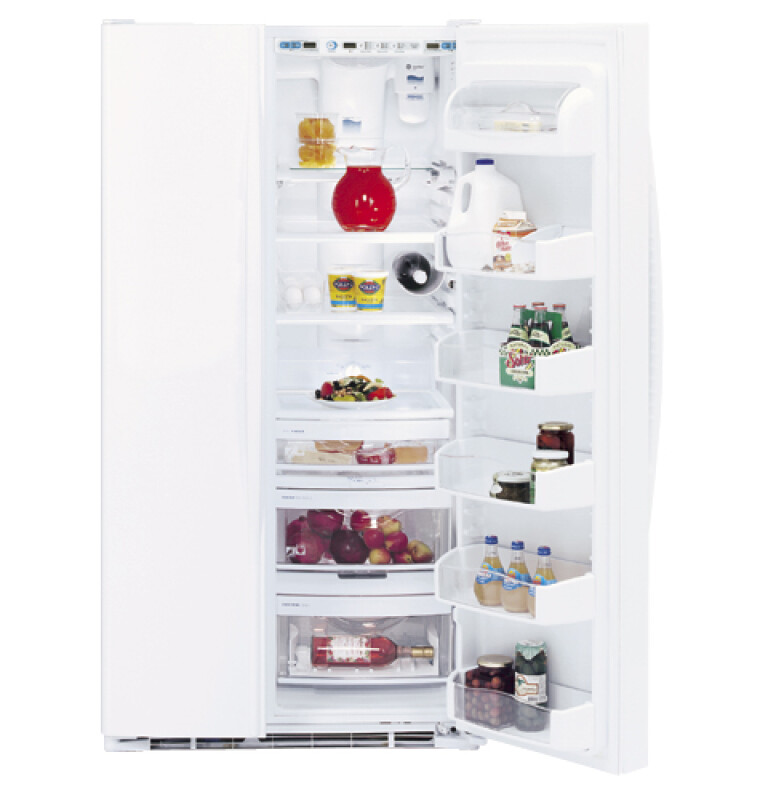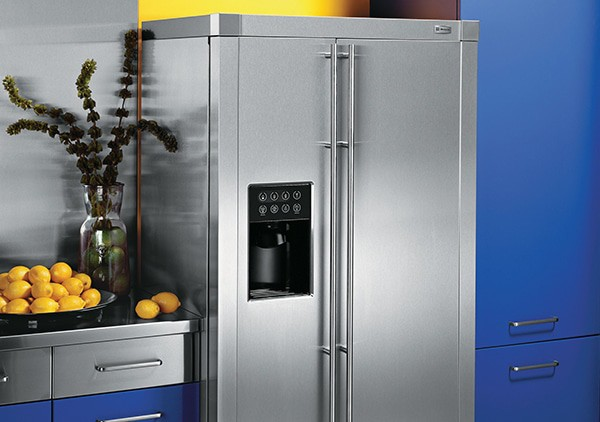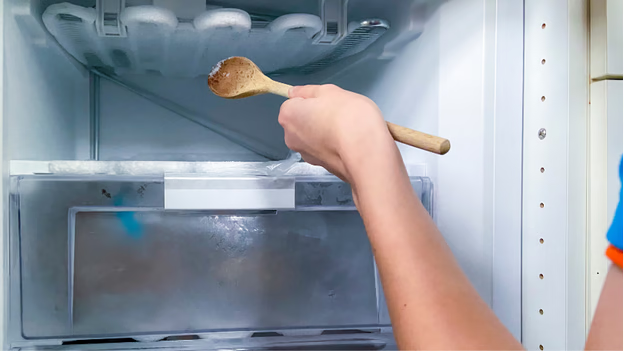Are you struggling with a Whirlpool refrigerator that’s not performing up to par? The culprit might be your appliance’s compressor. This guide dives deep into the world of Whirlpool refrigerator compressors, offering a comprehensive tutorial on how to reset them. We’ll take you through each step, sprinkled with handy troubleshooting advice, valuable maintenance tips, and much more. Our goal is to empower you with knowledge, turning those cooling issues into a thing of the past. Let’s navigate this together for a cooler, more efficient refrigerator experience.
To reset a Whirlpool refrigerator compressor, unplug the appliance and wait for about ten minutes. During this time, the refrigerator system will rest and any anomaly causing malfunction will likely be reset. After waiting, plug the refrigerator back into the power source and observe if the issue is resolved.
Understanding the Whirlpool Refrigerator Compressor
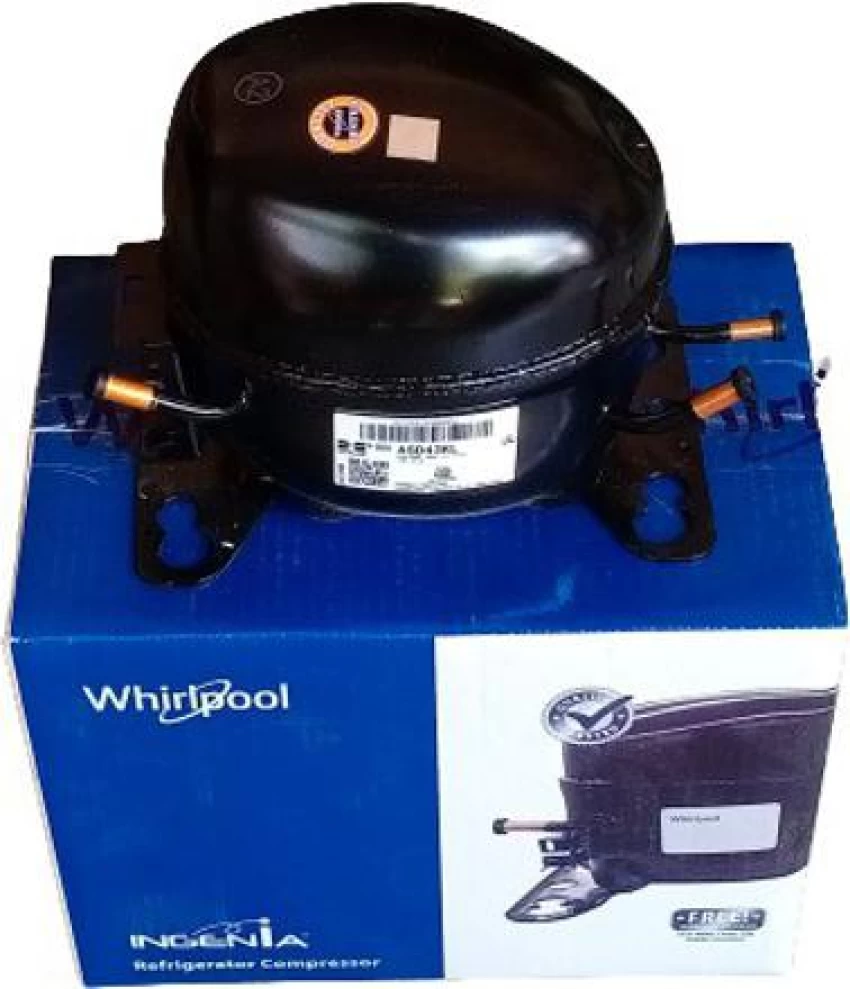
A refrigerator compressor is a significant component responsible for compressing the refrigerant and circulating it throughout the cooling system. It is primarily what allows the fridge to maintain low temperatures.
According to a report from the US Department of Energy, the refrigerator compressor accounts for about 80% of the energy consumption of a typical refrigerator. Hence, any issue with the compressor can lead to significant inefficiencies and might even spoil the food inside.
Signs of Whirlpool Refrigerator Compressor Issues
The compressor of your Whirlpool refrigerator plays a crucial role in maintaining the cool temperature needed to preserve your food. When it encounters problems, certain telltale signs can indicate potential compressor issues. Paying attention to these symptoms can help you identify when a reset might be necessary or when it’s time to seek professional assistance. Here are the common signs to watch out for:
- Inadequate Cooling: One of the most noticeable signs of a compressor problem is when your refrigerator fails to cool adequately. You may notice that the temperature inside the fridge is higher than usual, and your food starts to spoil more quickly. Even if you adjust the temperature settings, the cooling issue persists, indicating a potential problem with the compressor.
- Constant Running: If you hear your refrigerator running constantly, with the compressor seemingly working non-stop, it could indicate a compressor issue. The compressor should cycle on and off periodically to maintain the desired temperature. If it runs continuously without cycling, it suggests an underlying problem.
- Excessive Noise: Unusual noises coming from your refrigerator can be an indication of compressor trouble. If you hear loud clicking, buzzing, or rattling sounds originating from the back of the refrigerator, it’s worth investigating further. These noises can occur due to a faulty compressor motor or other related components.
- Warm or Hot Compressor: Another sign to look out for is an abnormally warm or hot compressor. While the compressor does generate heat during operation, it shouldn’t feel excessively hot to the touch. If you notice that the compressor is unusually hot or emitting excessive heat, it may signify an issue that requires attention.
- Tripped Breakers: If your refrigerator frequently trips the circuit breaker or blows a fuse, it could indicate a compressor problem. A malfunctioning compressor can cause an electrical overload, resulting in tripped breakers or blown fuses as a safety mechanism.
It’s important to note that while these symptoms are commonly associated with compressor issues, they may also indicate other underlying problems with your refrigerator. Therefore, it is advisable to perform a thorough diagnosis or consult a professional technician to accurately identify the cause of the issue and determine the appropriate course of action.
Remember, safety is paramount when dealing with electrical appliances. If you’re uncertain or uncomfortable performing any troubleshooting steps, it’s best to contact a qualified technician to assess and address the issue effectively.
Safety Precautions for DIY Refrigerator Repair
Before you jump into resetting your Whirlpool refrigerator compressor, remember to put safety first.
- Unplug the refrigerator: Before starting any repair work, always unplug the refrigerator from the power source to avoid the risk of electric shock.
- Wear protective gear: Use appropriate protective gear such as gloves and safety goggles to protect yourself from potential hazards.
- Work in a well-ventilated area: Ensure you have proper ventilation in the area where you are working to prevent the buildup of fumes or gases.
- Use insulated tools: When working on electrical components, use insulated tools to minimize the risk of electrical shock.
- Handle refrigerants with care: If your repair involves handling refrigerants, follow the manufacturer’s guidelines and local regulations. Avoid inhaling or coming into direct contact with the refrigerant.
- Avoid excessive force: Use caution when removing or manipulating parts to avoid damaging the refrigerator or injuring yourself.
- Refer to the user manual: Always consult the refrigerator’s user manual for specific safety instructions and guidelines provided by the manufacturer.
When in doubt, seek professional help: If you are unsure about any aspect of the repair process or feel uncomfortable, it’s best to contact a professional technician or an authorized service center.
Whirlpool Compressor Reset Steps
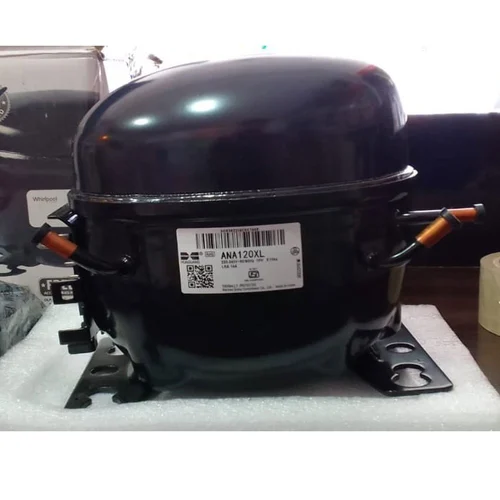
Resetting your Whirlpool refrigerator compressor can be done through a simple procedure that usually involves unplugging and re-plugging a refrigerator. However, it is critical to mention here that specifics can slightly vary based on your model and type of Whirlpool refrigerator. It’s always advised to consult your user manual before starting.
Step 1: Turn Off the Refrigerator
Start by turning off your refrigerator to ensure that it’s safe to work with. You can do this by unplugging the refrigerator from the power outlet. Be sure to handle the plug and not the cord when you unplug it to prevent any electric shock. Allow the refrigerator to be unplugged for at least a few minutes.
Step 2: Wait
Once you’ve unplugged your refrigerator, wait for around 10-15 minutes. This step is crucial as it allows the system to fully shut down, and the built-up electricity within the system can dissipate.
Step 3: Plug It Back In
After waiting, plug your refrigerator back into the power outlet. Again, handle the plug and not the cord to ensure safety.
Step 4: Observe
Allow your refrigerator to run as usual. Observe if the compressor starts to work correctly and if the refrigerator begins cooling. You may need to wait for some time as it can take a few minutes for the compressor to kick in and the cooling process to start.
If your refrigerator starts cooling properly, the reset was successful. However, if you still notice issues with the cooling or hear strange noises, there may be more serious issues at hand. In this case, you should reach out to a professional technician or Whirlpool’s customer service for further assistance.
Remember, safety should be your priority when performing these steps. If at any point you feel uncomfortable or unsure, it is best to call a professional.
Troubleshooting Whirlpool Compressor Not Working
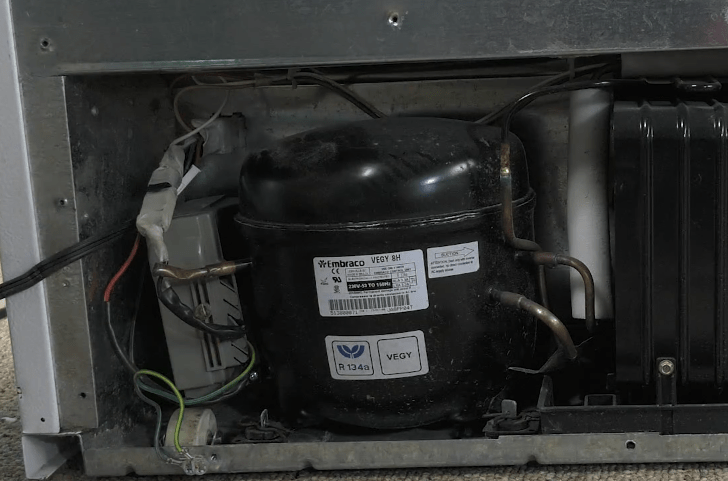
If your Whirlpool refrigerator compressor isn’t functioning correctly even after a reset, there could be other potential causes. Here are the steps to troubleshoot this issue:
Step 1: Check the Thermostat
The thermostat in your refrigerator regulates the temperature and signals the compressor to start and stop. If it’s malfunctioning, the compressor might not operate properly. Adjust the temperature settings and see if there’s a response from the compressor. If there’s no change, your thermostat might be faulty and need replacing.
Step 2: Inspect the Overload Relay
The overload relay works as a protective device, helping kick-start the compressor. If this component is faulty, the compressor might fail to start. Typically located at the back of the fridge near the compressor unit, inspect the overload relay for any obvious signs of damage such as a rattling noise when you shake the relay or visible burn marks. If you notice these signs, it’s time to have it professionally checked and replaced if necessary.
Step 3: Examine the Start Capacitor
The start capacitor provides a power boost to the compressor during startup. If it’s faulty, the compressor may struggle to start or not start at all. Physical signs of a bad start capacitor may include swelling or leakage. If you suspect this component is the issue, you should seek professional assistance for inspection and potential replacement.
Step 4: Evaluate the Compressor Motor
If all the above components seem to function correctly, the problem may lie within the compressor motor itself. Signs of a faulty compressor motor can include loud noises or no operation at all. If the compressor motor is suspected to be the problem, it’s crucial to get professional help as dealing with the compressor directly can be complex and potentially dangerous.
Remember, it’s essential to approach these troubleshooting steps with safety in mind. If you’re not comfortable performing these steps, or if they don’t resolve the issue, it’s always recommended to consult a professional technician.
What to Do If Whirlpool Refrigerator Compressor Reset Doesn’t Work
If your Whirlpool refrigerator compressor still isn’t functioning after a reset and basic troubleshooting, it’s time to consult a professional. Reaching out to Whirlpool’s customer service or contacting a local appliance repair professional can save your fridge from more serious damage.
Whirlpool Refrigerator Maintenance Tips
Proper and regular maintenance of your Whirlpool refrigerator can prevent frequent resets and extend the lifespan of your compressor. Always keep the refrigerator coils clean, maintain the ideal fridge temperature (around 37-40°F), and ensure a dedicated power supply to avoid power fluctuations.
- Clean Regularly: Keep your refrigerator clean inside and out. Wipe down the interior shelves and compartments regularly to prevent food spills from turning into odors or attracting pests.
- Clean Coils: The condenser coils at the back of your refrigerator should be cleaned at least twice a year. Dusty or dirty coils can cause your fridge to work harder, resulting in increased energy consumption and potential compressor issues.
- Maintain Ideal Temperature: Ensure your refrigerator is set to the optimal temperature, typically around 37-40°F for the fridge and 0°F for the freezer.
- Check Door Seals: Inspect the refrigerator door seals regularly. If the seals are loose or cracked, cold air might escape, forcing the compressor to work harder.
- Avoid Overloading: Try not to overload your refrigerator. When it’s too full, air circulation can be impeded, resulting in uneven cooling.
- Defrost as Needed: If you notice a buildup of ice in your freezer, defrost it. Too much ice can interfere with the efficiency of your appliance.
- Give it Space: Make sure there’s enough clearance around your refrigerator. This ensures proper air circulation, helping the appliance to cool more efficiently.
- Regular Inspections: Regularly inspect your refrigerator for any signs of damage or malfunctioning, like strange noises or temperature irregularities.
FAQs
How often should I reset the compressor on my Whirlpool refrigerator?
As a rule of thumb, resetting the compressor on your Whirlpool refrigerator should only be done when you’re experiencing cooling issues that can’t be resolved with basic troubleshooting. It’s not a routine maintenance task and should not be done frequently without reason.
What can cause my Whirlpool refrigerator compressor to stop working?
Several issues could lead to your Whirlpool refrigerator compressor not working, such as a faulty thermostat, a malfunctioning overload relay or start capacitor, or even a problem with the compressor motor itself. In such cases, it’s recommended to seek professional assistance.
Can I replace the compressor on my Whirlpool refrigerator myself?
Replacing the compressor of your refrigerator is a complex task that involves handling refrigerant, which is a potentially dangerous substance if not handled properly. It’s strongly recommended to have this job done by a professional technician to ensure safety and effectiveness.
My Whirlpool refrigerator is making a strange noise. Is it related to the compressor?
It could be. If you hear unusual sounds like clicking, buzzing, or rattling coming from the back of your refrigerator where the compressor is located, it could indicate a compressor issue. However, strange noises could also be related to other components. It’s best to consult a professional to accurately diagnose the problem.
What is the lifespan of a Whirlpool refrigerator compressor?
The lifespan of a refrigerator compressor can vary depending on many factors, including model, usage, and maintenance. However, on average, a refrigerator compressor should last between 10 to 15 years. Regular maintenance can help extend its lifespan.
Conclusion
To wrap up, learning how to reset your Whirlpool refrigerator’s compressor is a valuable skill that can help you nip minor cooling problems in the bud. As you navigate this journey, remember that your refrigerator is a complex machine, and while some issues can be fixed with a simple reset, others may require the hand of a professional. Regardless, your knowledge is power, and with this guide, you’re one step closer to a smoothly functioning, efficient refrigerator. Here’s to longer-lasting freshness and a cooler tomorrow!


